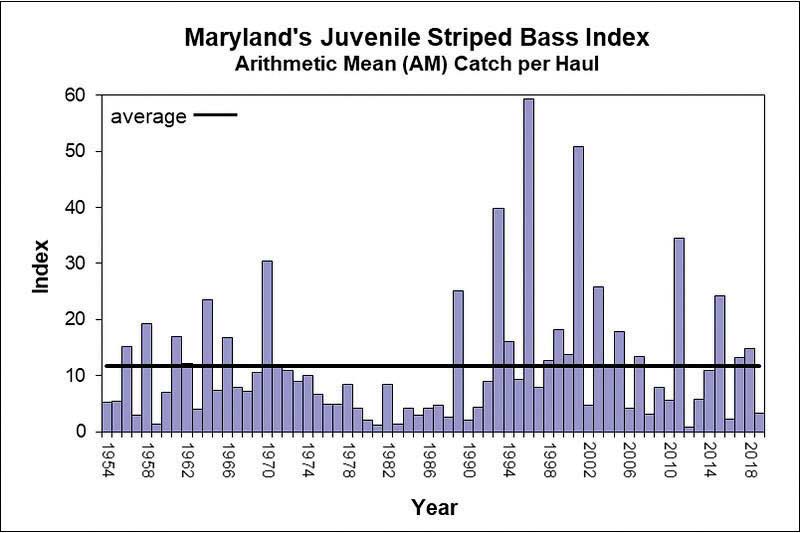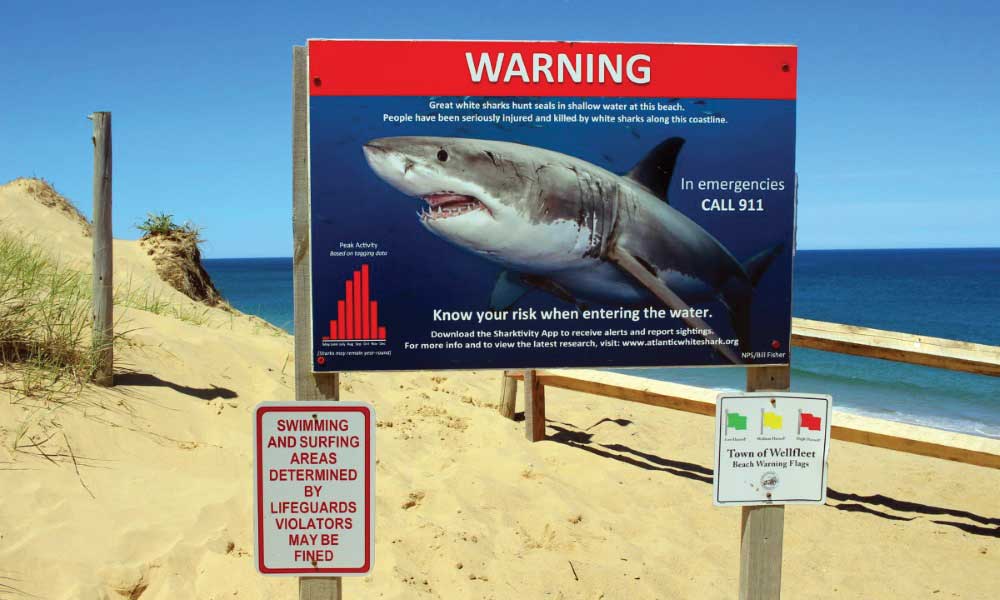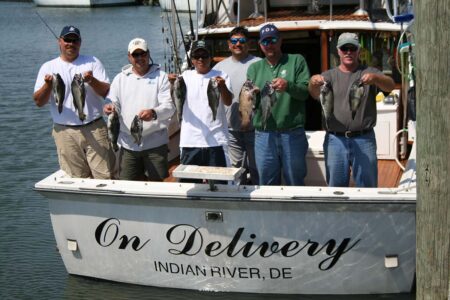
Last year was one of social change and new values, and this season will usher in updated regulations, but where will we go from here?
The decline in 50-pounders caught last year was about the largest drop-off that I have ever seen. With a mere 19 in reported fish, that season was the lowest catch in my 20 years of counting. In contrast there were 225 in 1967. I know of only one fish that made it to over 60 pounds last year. However, the count has been victim of social change where it is no longer acceptable to kill these trophy stripers; under reporting could have been a result. Still, numbers are a far cry from the old days of carting these breeders off to market the way we did. As far as I know, and reports were sketchy on all striper fishing, there were no 50-pounders taken from shore. Of course reporting was spotty, but if only 10 percent of such fish come from shore, being short two such fish is well within the laws of probability. My usual sources for the annual count, Dreamboat and others, no longer sponsor stripers in their contests for obvious reasons that putting competition on striper heads only implies it’s okay to kill them. Even if an angler does take and kill a 50-pounder, he is so embarrassed that he doesn’t want anyone to know it. Consequently, the count is flawed because of the loss of information sources.
Among the various factors influencing the count, the Chesapeake young-of-the-year index of 21 and 22 years ago should be included; it takes that long for such fish to grow to 50 pounds. In the years of 1998 and 1999, indices were low average and below average.
Surfcasting Declines
Modern angling is victim of declining access. More and more coastal towns are passing ordinances that forbid parking to outsiders. There has always been fee splitting between tow truck operators and police, but there could be more of that what with no way to control it. People are not going to fish on shores where they get back after a night and find that their vehicle has been towed.

The old custom of fishing Cape Cod beaches has about finished. You hook a striper or blue and a seal cuts it in half while you are bringing it in. Moreover, even if you are willing to give up a fish here or there, you will soil yourself when that big black head of an 800-pound seal emerges off your rod tip. Surfcasting is supposed to be fun.
Another kill joy are the great white sharks roaming the outer beaches in search of the seals. Time was when we roamed the bars along the Back Beach looking for stripers where we would wade to the tops of our waders in the deep night with drop-offs on all sides of us that were deep enough to provide cover for even a 10-foot shark, which is about an average length for them. Even those of us crazy enough to chance it today get the heebie-jeebies just thinking about having such a predator around. It might be only in your head in most cases, but that too takes the fun out of it. The Cape Cod Canal is about the only viable surfcasting left, and most anglers who used to fish the Outer Cape are now in the Canal. Incidentally, I heard of no fifties caught there last season, but it still could have happened. What fifties that are reported are taken predominantly from boats, always have been.
Ethics in Transition
The rising concern for striper decline has given rise to a greater consciousness of how stripers are taken. More and more people don’t kill stripers any longer, and rod-and-reel commercial fishing is so heavily regulated as to make it pointless. You feel like a criminal walking past other anglers carrying a dead striper even when you are allowed only that one. Change is in the wind here promising slot limits that are going to end monster kills.

It is so uncool to kill a striper that even when you catch a 50-pounder you no longer want to have it mounted because even mounted, the fish is dead. Protection of these huge trophies has given rise to a new industry, fake fiberglass mounts. A new company, Global Fish Mounts, has sprung up where for a shade under $500 you can watch your released trophy swim away and buy a suitable replica you can brag over without the guilt. That fee is about what it would cost to mount your fish anyway so there is no down side. Times do change.
I predict another striper moratorium like what we had in the mid-80s. Until striper population is restored all striper fishing could be banned. It’s a cinch that could happen again if declines continue. There is release mortality, which implies that even if you don’t kill these stripers a percentage of them will die due to handling.
Maritimes Stripers
North of Maine, Bay of Fundy to Labrador, the striper populations are in better shape than in the states. Sparse human populations, which translate to less angling pressure, give stripers a break. Over 50 years ago I recall the Canadian government sponsoring beach fishing safaris for the beach buggy associations and none of us wanted to go because we didn’t believe they could have anything up there as good as we did. Nevertheless, today with their numbers up and our striper numbers down that situation could have reversed.
Along with known spawning populations in the St Johns and St Lawrence rivers, along with the newly discovered Miramichi where stripers lurk in the estuary feeding on smolt Atlantic salmon, there is concern for the salmon and many locals apparently couldn’t care less about the stripers.
It is widely believed that with north Atlantic water temperatures warming many traditional fisheries are in transition. The North Country is losing shrimp and lobster and gaining stripers. My Maritime spies tell me that the more southern waters of Canada always had stripers but admit that having them this far north is a new issue. Like the striper count here, so much remains to be known.
| Release ‘em right |
|---|
|
|

 There are many simple steps an angler can take to ensure a released fish—regardless of species—has the best chance at survival. The Fisherman’s ‘3R Campaign’ stands on the pillars of Rebuilding striped bass through Reducing mortality by Releasing properly. Through this campaign we are working at educating anglers as to some of the best practices when it comes to proper fish handling. With an estimated 9% average mortality on released striped bass, any steps an angler can take towards improving this figure should be taken.
There are many simple steps an angler can take to ensure a released fish—regardless of species—has the best chance at survival. The Fisherman’s ‘3R Campaign’ stands on the pillars of Rebuilding striped bass through Reducing mortality by Releasing properly. Through this campaign we are working at educating anglers as to some of the best practices when it comes to proper fish handling. With an estimated 9% average mortality on released striped bass, any steps an angler can take towards improving this figure should be taken.


